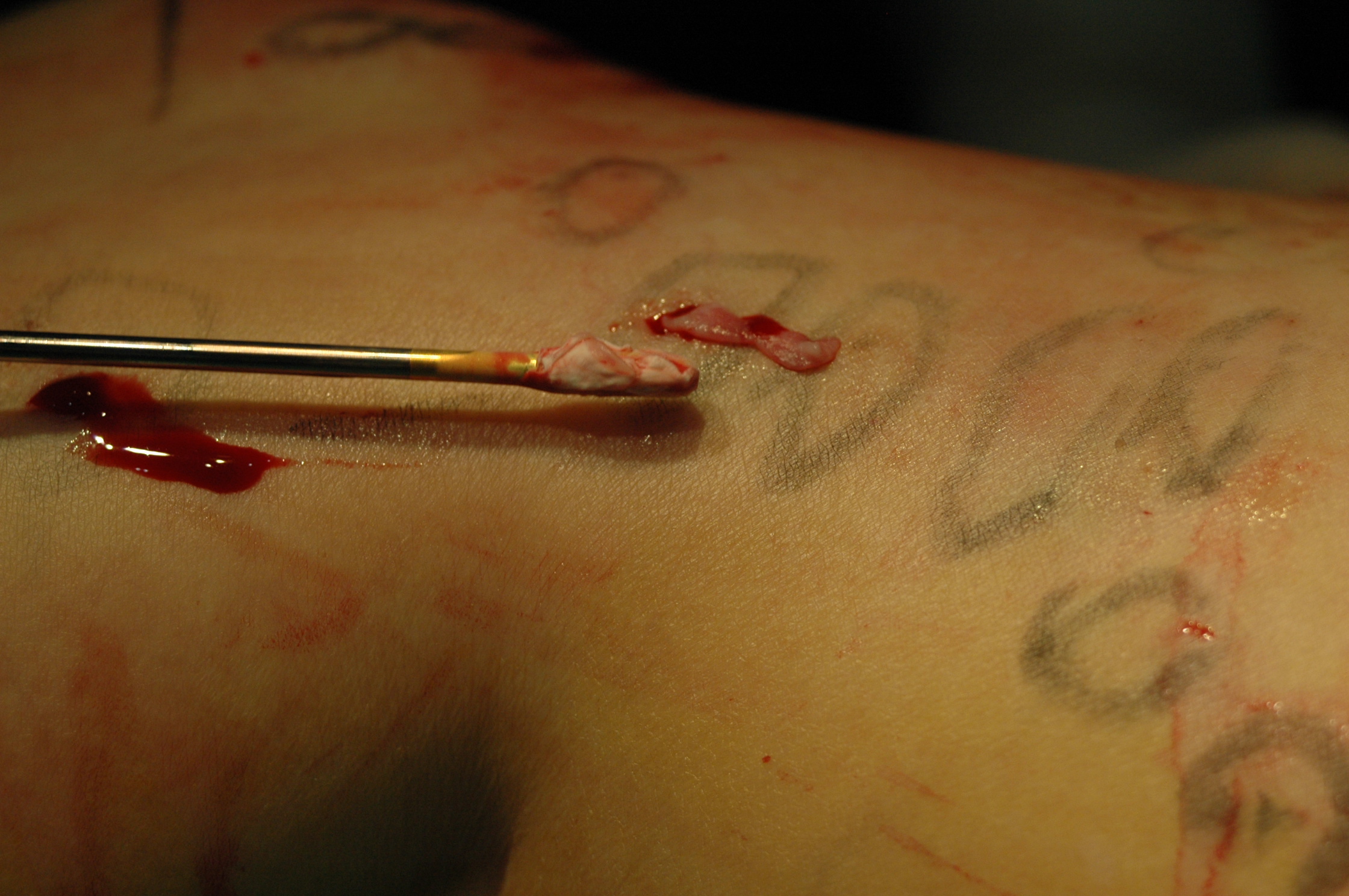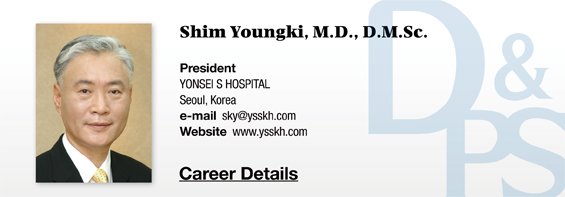The maximum tolerated dose of sclerosing agent
Table 1. The maximum tolerated dose of sclerosing agent
Conc. Indication. Max.dose
Fibrovein 0.2% telangiectasia 10 ml
Fibrovein 0.5% reticular vein 10 ml
Fibrovein 1.0% 2 – 4mm varix 10 ml
Fibrovein 3.0% over 4mm varix,DGS 4 ml
[Advertisement] A-One LITE(Facial Diagnosys System) – Manufacturer: BOMTECH(www.bomtech.net)

I prefer concentrations of 0.2-0.3%. This is for minimizing unexpected side effects and at these concentrations, necrosis is unlikely even with extravasation, unless the patient is very sensitive. I have applied sclerotherapy in over 30 patients per day for many years, and have seen very few cases of necrosis.
Diluting Fibro-Vein
To make non standard concentrations of Fibrovein the following is recommended:
1. The recommended diluent is sterile water (water for injection). Normal Saline (sterile) is satisfactory but not necessary.
2. It is recommended that the above dilutions be made in the syringe and unused material is discarded.
3. Do not store diluted Fibrovein between treatment sessions. This is dangerous because the bactericide (Benzyl Alcohol) has also been diluted.
I dilute 2cc fibrovein 1% in 4~6cc saline.
a. Principles of sclerotherapy
1. Prevention of edema by applying compression bandage
2. Sclerosing agent should be injected horizontally positioned with slight elevated leg
3. Make injections
a. from larger to smaller varicose vein
b. from proximal to distal
4. Air block technique is not always necessary
5. Never apply a tourniquet when injecting sclerosing agent
b. Principles for a good cosmetic results
1. Use lowest possible concentrations as well as the smaller volume
2. Stab incision in case of cord formation, and thrombus
3. Do not allow exposure to sunlight 4 week before and 8 week after treatment
4. Efficient compression treatment after sclerosing for varices larger than spider burst
c. European sclerotherapy techniques
1. Tournay (French) technique
Tx. from high to low
minimize thrombosis & extravasation of RBC
control the point of reflux… SFJ, SPJ
Tx. largest varicose veins first → reticular feeding vs.
→ spider veins
2. Sigg (Swiss) Technique
total vein sclerotherapy technique
total sclerosation of entire varicose vein
multiple injections at intervals along the varicose veins
3. Fegan's Technique
saphenofemoral incompetence by perforator incompetence
Tx. of perforator should be performed first
4. Injection Techniques for different patient positions
① standing
② standing & reclining
③ leg elevated (Fegan)
④ Two phase (Sigg) technique
⑤ reclining
⑥ air bolus
⑦ foam sclerotherapy
e. Seven principles of successful compression sclerotherapy (Fegan)
I. Knowledge of anatomy and physiology
II. Accurate diagnosis
III. The empty vein technique
IV. Isolation of the selected segment being injected
V. Immediate adequate uninterrupted and prolonged compression with latex foam rubber pads and limited stretch cotton crepe bandages
VI. An uninterrupted walk of 3 miles to be taken at least once a day
VII. Standing to be avoided at all times during the treatment
Importance of sclerotherapy and high-elasticity compression stockings
The success of sclerotherapy depends on continuously compressing the vein injected with the sclerosing agent. This brings vascular fibrosis, which is the goal of the varicose vein treatment.
Compression appllied after sclerotherapy has many benefits. First, it helps venous occlusion by compressing the vascular lumen that has been damaged by the slcerosing agent. Second, compression (when maintained for 1-2 weeks) reduces the likelihood of reperfusion of sclerosed veins. Third, the thrombosis is minimal and this reduces the rate of hyperpigmentation after sclerotherapy.
Some doctors have differing opinions regarding applying compressing after sclerotherapy. However, putting on socks is a very simple method with theoretically large benefits and compression is recommended in most cases. In particular, compression is very important for treatment of severe varicose veins and extensive telangiectasia. Therefore, it is advisable to recommend precisely calculated high-quality medical compression stockings to patients for better outcome.
-To be continued-





















